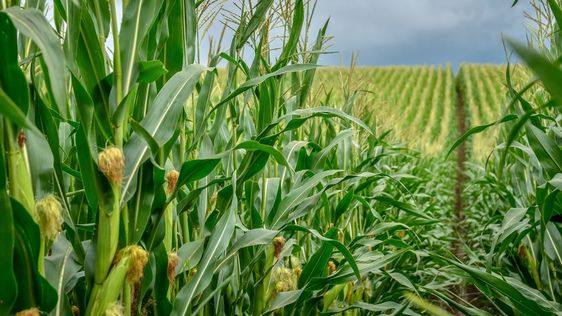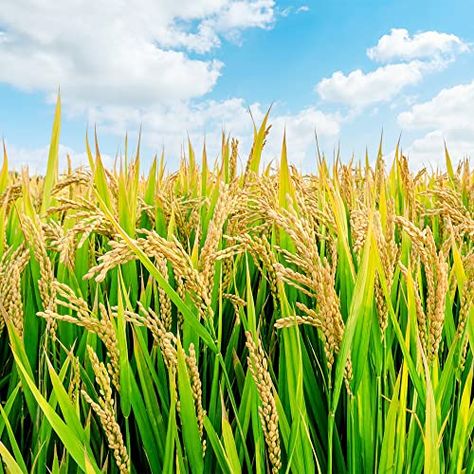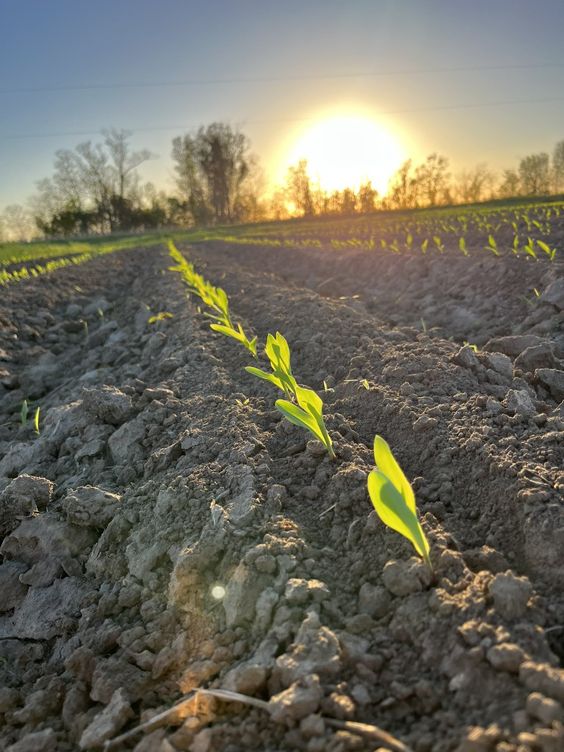Fresh Tomatoes: Cultivating the Future with Smart Agriculture
Fresh Tomato are a staple across the globe, enjoyed for their vibrant color, versatility in cooking, and rich source of vitamins. But the journey from seed to supermarket shelf can be fraught with challenges. Traditionally, tomato farming relies heavily on manual labor and guesswork, leading to inconsistencies in yield and quality. However, the dawn of Smart Agriculture is revolutionizing the way we cultivate fresh tomatoes, promising a more sustainable, efficient, and profitable future for farmers.
Contents
- 1 Introduction: The Challenges of Traditional Tomato Farming
- 2 The Benefits of Smart Agriculture for Tomato Farming
- 3 Implementing Smart Agriculture Technologies for Tomato Production
- 4 Case Studies: Success Stories in Smart Tomato Production
- 5 The Future of Smart Tomato Production: A Look Ahead
- 6 Conclusion: A Sustainable and Profitable Future for Fresh Tomato Farming
Introduction: The Challenges of Traditional Tomato Farming
Tomato cultivation faces a multitude of hurdles. Weather fluctuations can significantly impact growth and yield. Pests and diseases pose a constant threat, requiring frequent application of pesticides, which can harm the environment and human health. Additionally, traditional farming methods often rely on intuition and experience, leading to inconsistencies in quality and potential for wasted resources.
Smart Agriculture, a confluence of technology and agricultural practices, offers a solution to these challenges. By leveraging sensors, data analysis, and automation, farmers can gain a deeper understanding of their crops and optimize growing conditions for superior tomato production.
The Benefits of Smart Agriculture for Tomato Farming
- Precision Irrigation: Sensors monitor soil moisture levels, allowing for targeted irrigation that minimizes water waste and ensures optimal hydration for tomato plants. This not only conserves water but also reduces the risk of root rot and fungal diseases.
- Environmental Monitoring: Sensors track temperature, humidity, and light levels within greenhouses or fields. Automated systems can then adjust ventilation, heating, or cooling to create the ideal microclimate for tomato growth, leading to increased yields.
- Disease and Pest Control: Smart Agriculture utilizes advanced imaging technologies to detect signs of pests or diseases at an early stage. Targeted application of pesticides or biological controls minimizes environmental impact while maximizing crop protection.
- Data-Driven Decision Making: Smart Agriculture platforms collect and analyze real-time data on various aspects of tomato growth. Farmers can leverage this data to make informed decisions about fertilization, pest control, and harvesting, improving overall crop management.
- Remote Monitoring Fresh Tomato: Farmers can access real-time data and monitor their tomato crops remotely through mobile applications. This allows for timely intervention and adjustments to growing conditions, even when they are not physically present at the farm.
Implementing Smart Agriculture Technologies for Tomato Production
Several key technologies are driving the transformation of tomato farming:
- Internet of Things Fresh Tomato: A network of interconnected sensors embedded in soil, greenhouses, and irrigation systems collects real-time data on various environmental factors affecting tomato growth.
- Big Data Analytics: Advanced software analyzes the vast amount of data collected by IoT sensors. This analysis provides farmers with actionable insights into optimizing growing conditions for their tomato crops.
- Artificial Intelligence Fresh Tomato: AI algorithms can learn from historical data and current sensor readings to predict potential problems and suggest adjustments to environmental controls or resource allocation.
- Automation Fresh Tomato: Smart Agriculture systems can automate repetitive tasks such as irrigation, ventilation, and nutrient delivery, freeing up farmer time and resources for other aspects of their operation.
Case Studies: Success Stories in Smart Tomato Production
Globally, farmers are embracing Smart Agriculture solutions to cultivate superior tomato crops. In the Netherlands, high-tech greenhouses utilize AI and automation to optimize light, temperature, and humidity for year-round tomato production with minimal environmental impact. In the United States, vertical farming operations leverage controlled environments and data-driven irrigation to produce high yields of fresh tomatoes in urban areas. These examples showcase the potential of Smart Agriculture to revolutionize tomato farming across the globe.
The Future of Smart Tomato Production: A Look Ahead
Fresh Tomato As Smart Agriculture continues to evolve, we can expect even more sophisticated technologies to emerge, further transforming tomato production. Here are some exciting possibilities on the horizon:
- Advanced Robotics: Robots capable of performing delicate tasks such as pruning, pollination, and harvesting could significantly reduce reliance on manual labor, improving efficiency and minimizing crop damage.
- Genomics and Precision Breeding: Advances in plant genetics could lead to the development of tomato varieties specifically designed to thrive in different climates and resist diseases.
- Blockchain Technology: Blockchain platforms could create a transparent and secure system for tracking the provenance of tomatoes, allowing consumers to verify the origin and quality of their produce.
Conclusion: A Sustainable and Profitable Future for Fresh Tomato Farming
Smart Agriculture offers a powerful toolkit for cultivating superior tomato crops. By leveraging data, automation, and innovative technologies, farmers can optimize growing conditions, minimize resource waste, and ensure consistent high-quality yields. This not only translates to increased profitability but also contributes to a more sustainable agricultural future. As Smart Agriculture continues to evolve, the possibilities for cultivating the perfect tomato are truly limitless.




